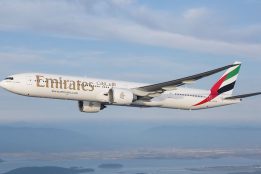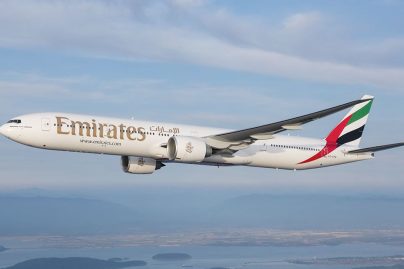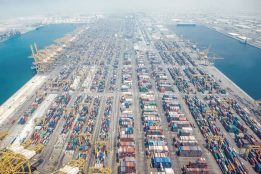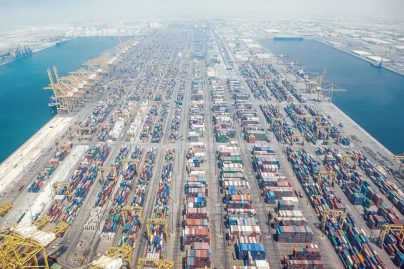This Day, That Year – January 30
Mon 30 Jan 2023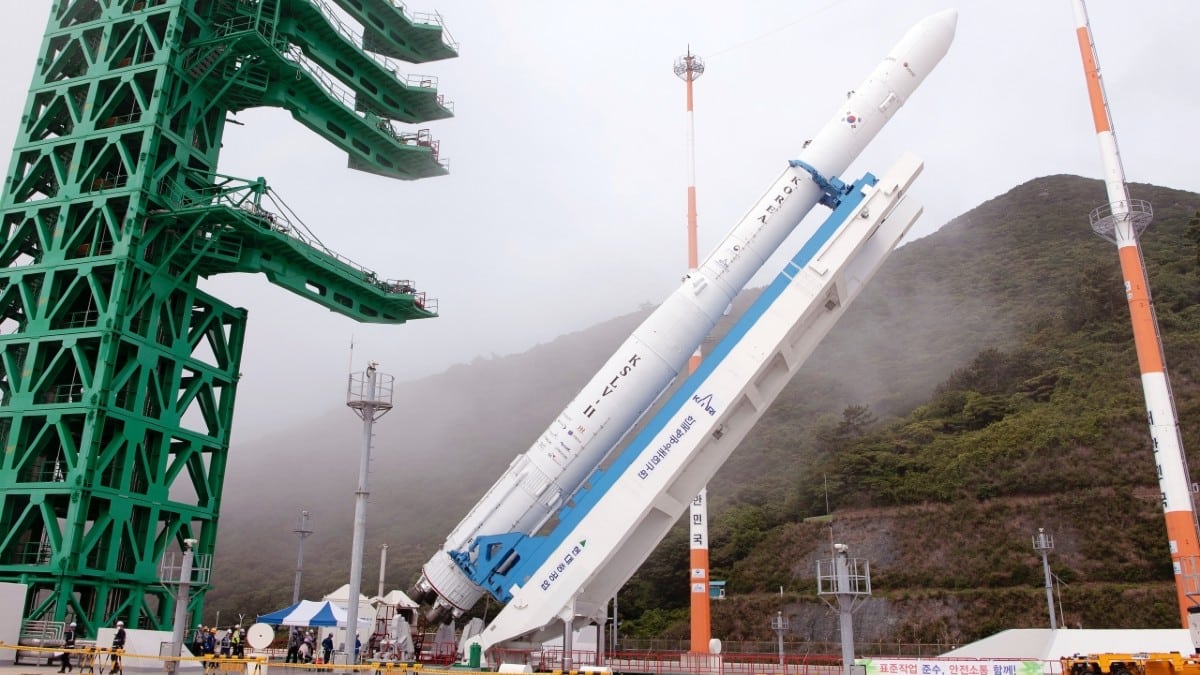
This day in history we feature the Naro-1. The first carrier rocket was launched by South Korea on this day in 2013.
Trivia – Naro-1
Naro-1, previously designated the Korea Space Launch Vehicle or KSLV, was South Korea’s first carrier rocket, and the first South Korean launch vehicle to achieve Earth orbit. The third Naro-1 vehicle built successfully placed STSAT-2C into low Earth orbit. The first stage was a modified Russian Angara URM. The solid-fuel second stage was built by KARI, the national space agency of South Korea, and Korean Air.
Related read – Indian man paid the tribute to India’s first rocket launch, during Dubai Ride cycles rally in Dubai
Neither the maiden flight on August 25, 2009, nor the second flight on June 10, 2010, reached orbit. The third flight on January 30, 2013, successfully reached orbit. The launches took place from the Naro Space Center. The official name of the first KSLV rocket, KSLV-I, is Naro, which is the name of the region in which Naro Space Center is located. Since Naro’s retirement, the South Korean government has announced the rocket Nuri as its replacement and successor. In 1992, Republic of Korea developed and launched several satellite systems and rockets overseas, such as the solid-fueled KSR-1 and KSR-2 sounding rockets. In 2000, Republic of Korea began construction of the Naro Space Center, located on Naro Island in Goheung, 485 kilometres (301 mi) south of Seoul, with Russian assistance. The work was completed by the launch of the 6,000-kilogram (13,000 lb) KSR-3 liquid-propellant sounding rocket on November 28, 2002. South Korea announced in 2002 that it intended to develop a small satellite launch vehicle by 2005 that would be based on technology flown on the KSR-3 test vehicle. The launcher would be entirely indigenous, based on the 122.500-kilonewton (27,539 lbf) thrust LOX/kerosene motor used for the KSR-3 rocket stage. In 2005 a change was announced, indicating that they would use the Russian RD-191 as the vehicle’s first stage. The program, like that of the Angara, was subject to continuous funding shortages and schedule delays. On October 26, 2004, during the visit of a GKNPTs Khrunichev delegation headed by A. A. Medvedev, Director General to Republic of Korea, a contract was signed to design and build a Space Rocket Complex for the small-lift launch vehicle KSLV-1. The design represented a joint effort between GKNPTs Khrunichev partner NPO Energomash “V. P. Glushko”, who would build the first stage of KSLV-1, and Republic of Korea KARI, who would design and produce the second stage. As the prerequisite to signing the contract South Korea joined the Missile Technology Control Regime (MTCR). All documentation was reviewed by the Russian Space Agency (RSA), and the joint project to build the Korean rocket complex was approved. The vehicle was unveiled at the Naro Space Center in Goheung, South Jeolla Province in October 2008. South Korea has spent some KR₩ 500 billion (US$ 490 million) since 2002 on the project. The total cost of the first three launches was over 500 billion won, raising concerns among the Korean populace about the value of the Naro space program.
Source – Wikipedia

 Apr 18 2024
Apr 18 2024


